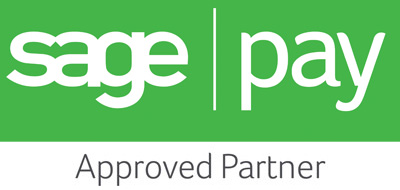Digital Detox: The Pros And Cons
Having a digital detox is something many people do in January as a way of embracing the “new year, new me” ethos. The term entered the dictionary in 2013 and in the intervening nine years it has become very popular. A digital detox can involve many different activities, including:
- Setting screen time limits on a phone or tablet
- Deleting social media accounts or apps
- Unsubscribing from email marketing lists
- Setting limits on online shopping (in terms of time spent or budget)
- Dramatically shifting the types of social media accounts followed (from the shallow to the wholesome)
- Posting less personal content, or posting more personal content of a certain type
Lots of us have found that we spend time “doom-scrolling” through our news and social feeds, especially when there is a lot of bad news or we feel particularly passionate about a dominant issue. There's a lot to be said for being well informed, but sometimes we risk getting sucked in and end up not spending our free time in the ways we would like. A digital detox is a good way of breaking this habit and improving our mental and physical health.
The world we see on screens is not always an accurate representation of the communities around us. We see much more negative and divisive news online than we experience in the real world and this can lead to low mood and depression, as well as un unrealistic perception of the world around us. Unrealistic expectations of ourselves and others can also arise when we're addicted to scrolling. Our physical health suffers too – strain injuries to the wrist and hands are common, and our posture is affected by spending hours hunched over a device. Our eyes become tired and strained, and we end up putting our phones down and feeling dreadful, inside and out.
We could all do with a digital detox now and then, but as marketers we're aware of the negative impact these can have on a business. How can companies ensure they're not the ones in the firing line when a customer goes on a digital detox?
We need to understand the reasons why a customer might unsubscribe from your email list, or leave your social media channel over another. One common theme is the amount of content posted. Daily emails can be irritating, and posting tens of social media posts every day is also overbearing behaviour. The exception is content relating to a particular time period, such as Dry January or Movember. These are time-bound events which people actively engage in, so daily communication is welcome here.
If you're sending promotions every day, or newsletters full of padding every week people will ignore your communication as it has little value. Why would a customer take time to check out today's promotion or discount when they know that tomorrow they'll be presented with the same or a similar opportunity? It's the same case for social channels – too many posts clogs the newsfeed and means people may miss content from friends and family. They'll just unfollow you to make space for the content they do want.
Frequency is one thing, but the value of content is also incredibly important. Join us for part 2 where we look at content value, and the ways we can overcome the downsides of a digital detox.
